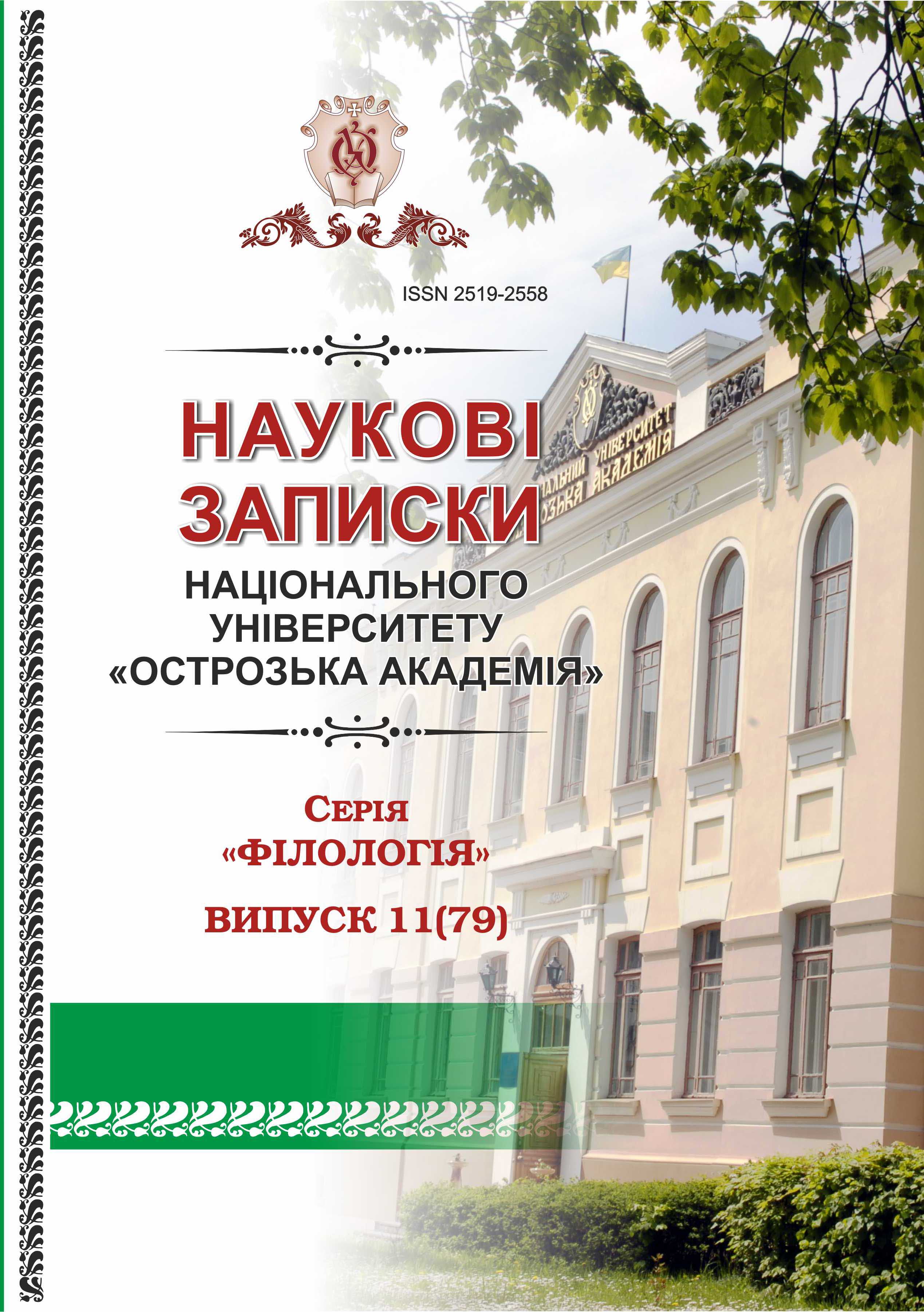FEMALE CHARACTER AS AUTHOR'S ALTER EGO IN IRENA KARPA'S NOVEL "GOOD NEWS FROM THE ARAL SEA"
Keywords:
autobiography, heroine, narrative, gender, identityAbstract
The study investigates the problem of representation of the female image in the autobiographical paradigm of Irena Karpa's novel “Good News from the Aral Sea” because the tendencies of subjectivism describe the writer's work as a manifestation of generational and gender identities. Thus, the modern cultural process is marked by the active presence of writers not only through their texts, but also through various public activities and social networks, which allows the reader to have an idea of the author's private history and accordingly correlate it with artistic narrative. Therewith, the form of the autobiographical narrative is considered as a way for the writer to articulate her experience as gender-marked and is a form of constructing the identity of the character – the author's alter ego. Irena Karpa's book simulates four types of modern heroines, united by common topos of birth and residence, but it is Rita's plot line that is considered as the embodiment of an autobiographical narrative. The figure of this heroine is shown at the junction of two cultures: Ukrainian and European. However, the drama of her life story is provoked by the self-identification of the mistress, who is always in a relationship with two men at the same time, which determines her identity. In the novel, it is love stories that unfold the dynamism of the heroine' s character: she mimics each subsequent man, changing role models from victim to muse. Other life roles: mother, wife, daughter are secondary, and are outside the priority zone.
The correlation of the artistic world of the novel with the actual biography of the writer gives grounds to interpret the novel as an autofiction.

